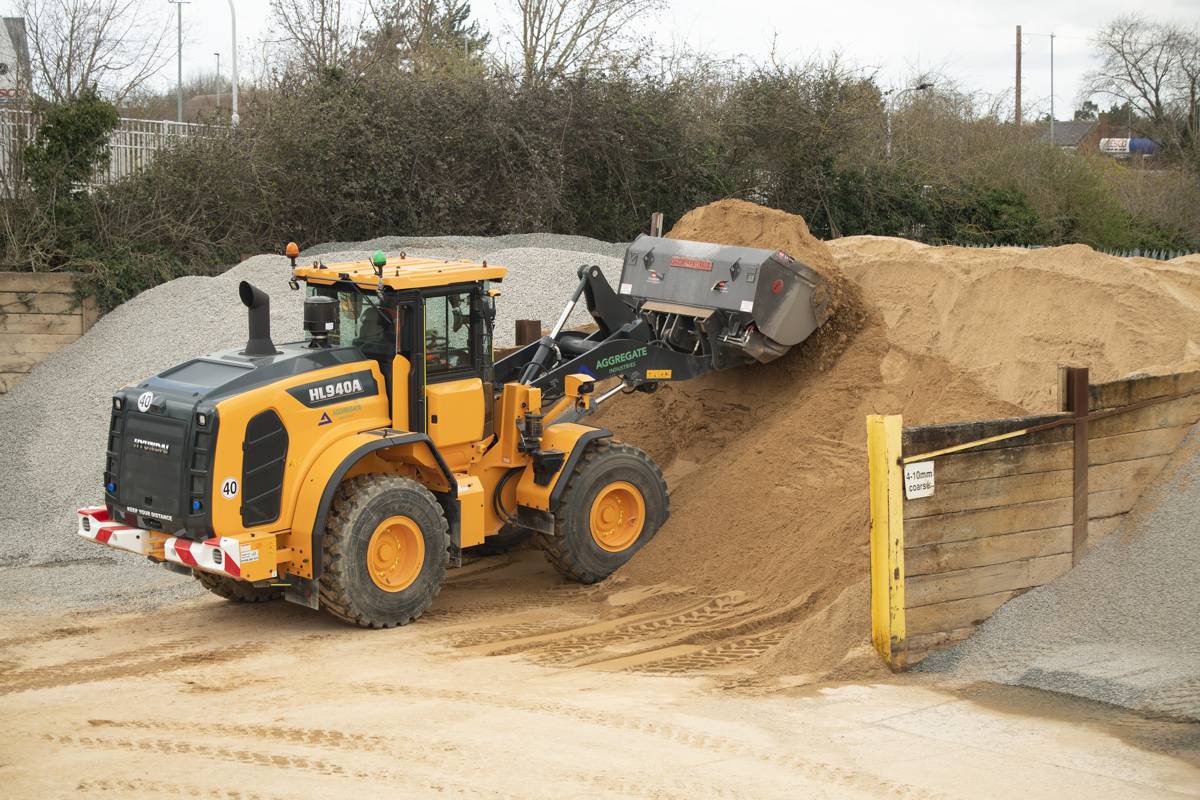Targeted approach needed to tackle Britain’s stagnant road safety figures
The Reported road casualties Great Britain, annual report: 2017 was released this time last week. In reviewing the report it is disappointing to see the lack of progress being made on improving road safety in Great Britain. There were 1,793 reported road deaths in 2017, a figure that’s barely changed since 2010. That’s an average of five fatalities per day.
This lack of progress is frustrating for all involved in road safety. The RAC road safety spokesperson, Pete Williams, has described these fatality levels as “stubbornly high”. Joshua Harris, director of campaigns for Brake, has described the lack of progress more damningly: “Today’s figures highlight the shocking lack of progress on road safety improvement in Britain. This stagnation must be arrested and yet the Government sits on its hands and rejects the introduction of policies which are proven to save lives – for the individuals, families and whole communities devastated by road crashes, this is simply not good enough.”
While we all agree these averages are too high, what seems to be lacking is a joined up approach on how to solve this issue. Clearview Intelligence advocates a targeted approach to road safety; finding out where and why accidents are occurring and devising remedies to the specific issues. Looking at these most recent figures, we see two areas to target.
Buckle up
First, there are too many fatalities linked to people not wearing a seatbelt – 27 percent of drivers or passengers who died in 2017 were not wearing a seatbelt. This is clearly an awareness and enforcement issue. No doubt THINK! are already planning their next seatbelt campaign following these results and a lack of recent campaigns on this subject.
Second, the majority (60 percent) of road deaths occurred on rural roads. That is compared to 34 percent of deaths occurring on urban roads and five percent on motorways.
It’s clear why rural roads are where most road deaths occur; drivers are travelling at higher speeds than on rural roads; the most miles are travelled on rural roads; and head-on collisions and run-off road accidents are more likely. Clearly there are structural reasons why rural roads pose a road safety challenge, but is there also an issue with funding?
Pay up
Analysis by the Local Government Association (LGA) earlier this year revealed that road maintenance spending by local authorities is the lowest it has been for 10 years. The LGA also showed a significant difference in maintenance spend on the Strategic Road Network (SRN) and local roads as the Government plans to spend £1.1m per mile on the SRN by 2020 compared to £21,000 per mile on local roads.
The Department for Transport’s (DfT) Roads’ Funding: Information Pack, published in January 2017, outlined the funding available for local authorities for the period 2017/18 with a total of £1.2 billion for local roads spread across maintenance, productivity and safety. The bulk of this was dedicated to maintenance and potholes. The Safer Road Fund earmarked £25 million specifically for road safety improvements. Is this enough?
The DfT estimate the value of preventing a single fatal accident each year. This year it has been valued at £2,130,922. Using this, the value of preventing the 1,793 fatalities in 2017 would have been over £3.8 billion. Clearly, any investment in road safety would be money well spent.
Look to the future
We believe a longer-term approach is needed to local roads’ funding. We’ve seen in recent years the progress made by Highways England in transforming the (SRN); progress facilitated by long term planning, a strategic vision reaching 2040, and funding committed to 2021. This guarantee of funding and long-term planning is driving improvements to the network. Could replicating this approach for local authority roads’ funding help these stubborn road safety targets move in the right direction?
There’s no quick and easy way to stop this loss of life on our roads, but there are some clear ways forward to address the areas likely to yield the biggest improvements.















